Just 13 percent of homes sold in 2022-23 were considered affordable to families earning the median income of $6,650 per month, said the report.
A report paints a grim picture of Australia’s plans for 1.2 million new homes by 2029 and warns the unaffordable and undersupplied market is not going to improve anytime soon.
The National Housing Supply and Affordability Council tabled its report into the country’s housing system that predicts Australia will miss its dwelling quotas by 300,000.
Council Chair Susan Lloyd-Hurwitz said Australia’s housing system was in trouble and the gap between homeowners and those looking to get on the ladder was only increasing.
“There are 170,000 on wait lists for public housing, another 122,000 people experiencing homelessness, and very significant housing stress particularly for vulnerable cohorts of the community is simply unacceptable for a country with the resources of Australia,” she said.
The goal of 1.2 million new builds was described by Ms. Lloyd-Hurwitz as “ambitious.”
“So currently we are looking at a shortfall of new demand versus new supply, a shortfall of 40,000 over that period … Of course, that does not go to address the undersupply that’s already in the system,” she said.
The report blamed Australia’s rising population for increased demand which has priced many first homebuyers out. Delays and rising construction costs, some hangovers from the pandemic, and unaffordable mortgages driven by high interest rates over the past three years have exacerbated the situation.
“It takes the average prospective homeowner around 10 years to save a 20 percent deposit for an average dwelling. Even with a deposit, only 13 percent of the homes sold in 2022-23 were affordable for a median-income household,” the report said.
 A resident stands on a balcony of a public housing apartment in Redfern in Sydney, Australia, on Sept. 16, 2021. (Lisa Maree Williams/Getty Images)
A resident stands on a balcony of a public housing apartment in Redfern in Sydney, Australia, on Sept. 16, 2021. (Lisa Maree Williams/Getty Images)Underinvestment in Social Housing
According to the report, the availability of government-subsidised housing has also plummeted from 5.6 percent of stock three years prior, to just 3.8 percent currently. A further 40,000 social homes are planned under the 1.2 million target.
There are 426,582 social houses across the country, and the waitlist to get into one has increased to 170,000 families and 122,000 people are homeless.
Housing stock is growing by around 2,260 houses per year, according to figures from late last year via the Australian Institute of Health and Welfare.
Just 13 percent of homes sold in 2022-23 were considered affordable to families earning the median income of $6,650 per month said the report. Indigenous people are six times as likely to live in social housing.
“An unhealthy market has periods of rampant price growth, is unable to produce enough supply to meet demand, is overly reliant on an unsupported private market to address most of Australia’s shelter needs, creates scarcity and cannot match the rich expanse of demand with a breadth of housing choice,” Ms. Lloyd-Hurwitz said.
“The problems in our housing market are deep-seated and there is no easy fix.”
What Can Be Done to Reach Targets?
The government has already allocated $25 billion over the next decade to new housing initiatives
Minister for Housing Julie Collins said the report “lays bare the challenges in Australia’s housing system.”
“But our government understands this challenge also provides us all with an opportunity—to change our housing system. To change direction,” she said.
The report suggested the government look at adjusting taxation which benefits homeowners over renters by the use of capital gains tax, land tax exemptions, and rental imputation credits.
As an immediate incentive to boost the housing supply, the Albanese government last August topped up an earlier $2 billion injection aimed at expediting home construction by approving a further $3 billion to allow states to free up land and planning approvals.
With the additional funding, Ms. Lloyd-Hurwitz said the onus was on states to make the necessary changes quickly.
“We have incentives on the table for states and territories and local governments to do the reforms that are necessary to meet the targets. We are backing up our changes that we’re asking the states and territories to do and their changes for them with money on the table,” she said.
While the additional funding will help with cutting red tape, a shortage of tradespeople to do the heavy lifting is an immediate concern.
According to Build Skills Australia, 90,000 tradesmen would need to be found in the next three months to get anywhere near the 1.2 million homes target.
“So even if we fixed all the other problems, we still wouldn’t have enough construction capacity given the number of people in the sector, the very low productivity, the lack of innovation,” Ms. Lloyd-Hurwitz said.
Speaking with Sunrise, Master Builders Chief Executive Denita Wawn said one way to boost numbers would be to simplify the recognition of overseas tradespeople’s qualifications and lower the cost of renewing licences for immigrants.
“There is no way ... we can get 90,000 [workers] in three months unless we had a radical change in the way which we are looking at our migration system,” she said.
“We know that there are a large number of tradies in this country that can’t get their licences recognised as it’s too expensive and too cumbersome for them.
“We have to focus on those who are currently in the country but their skills aren’t recognised.”

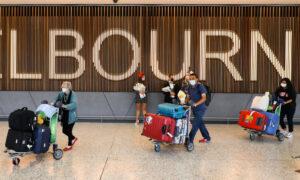
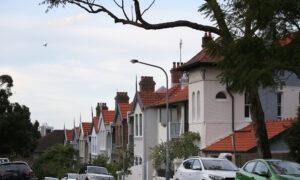

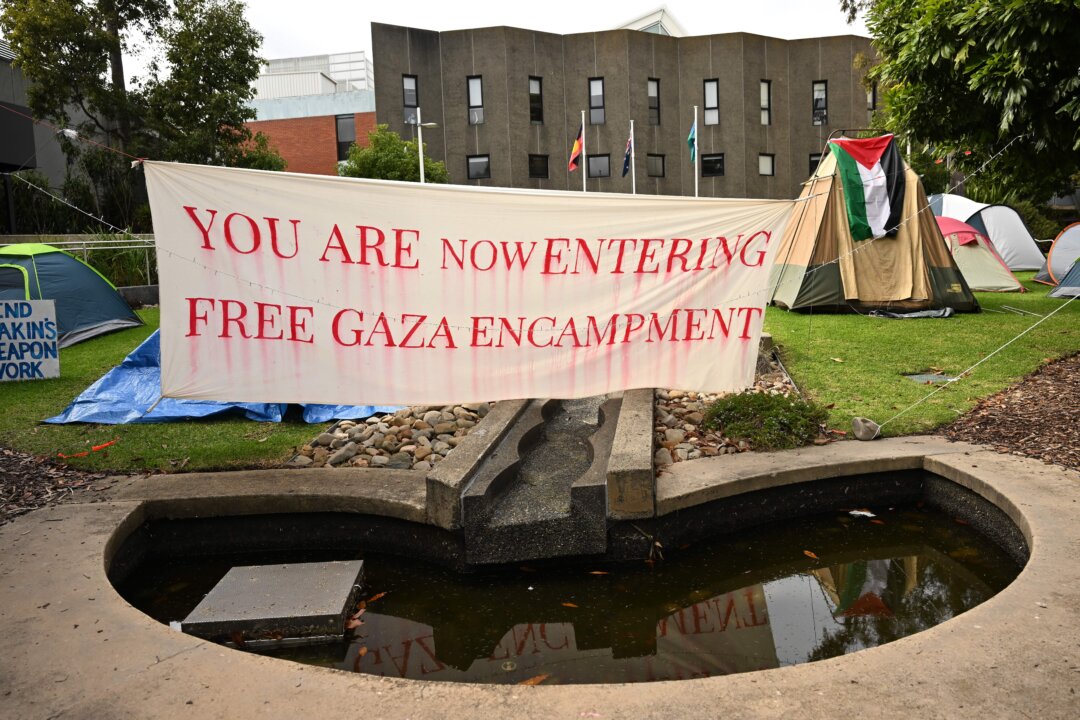
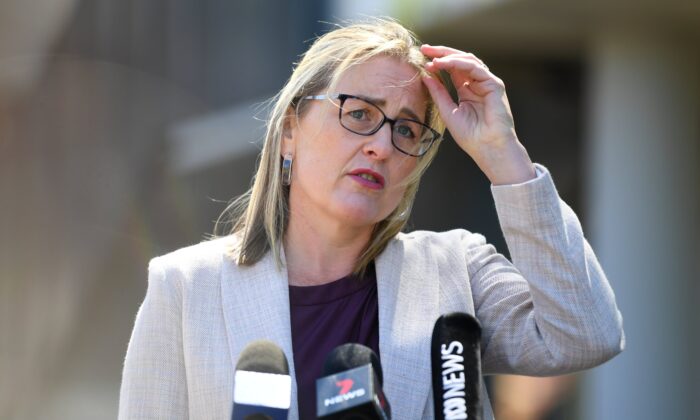

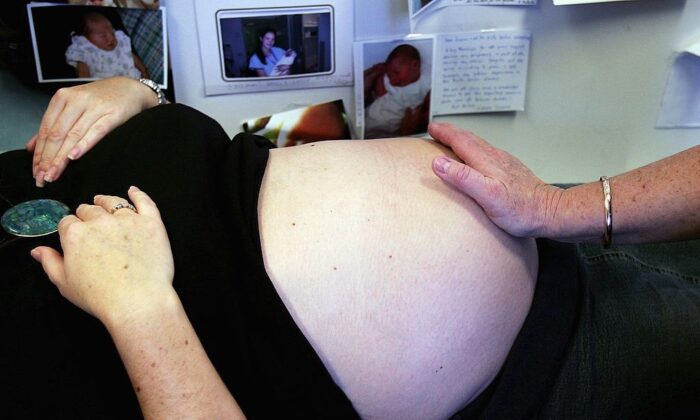
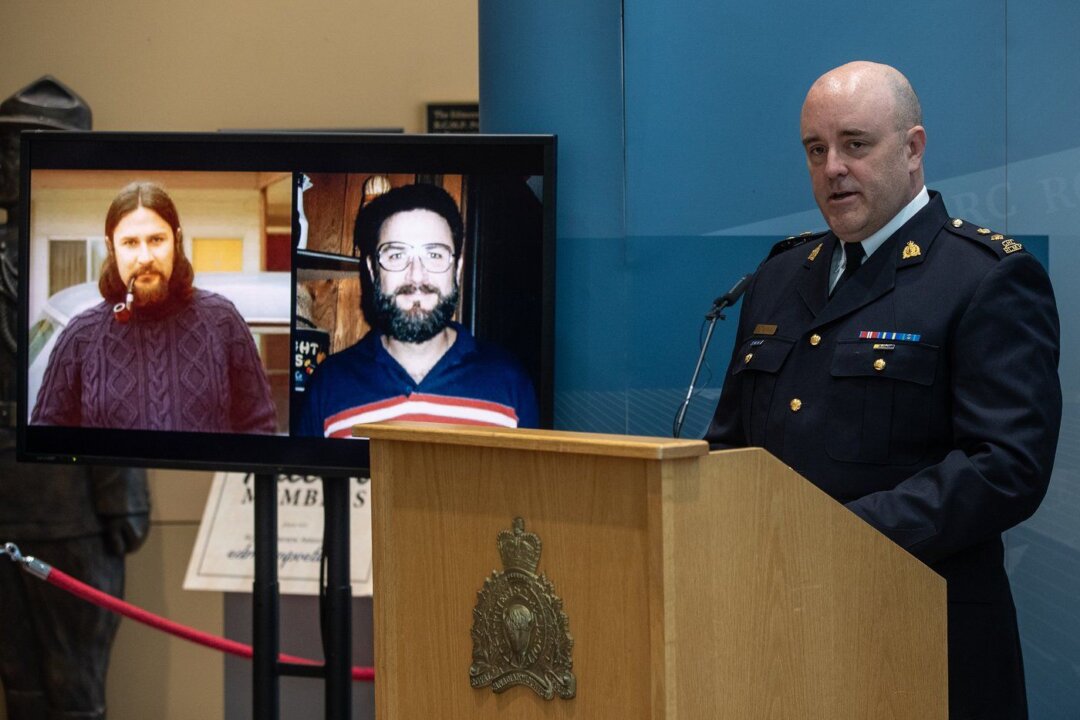




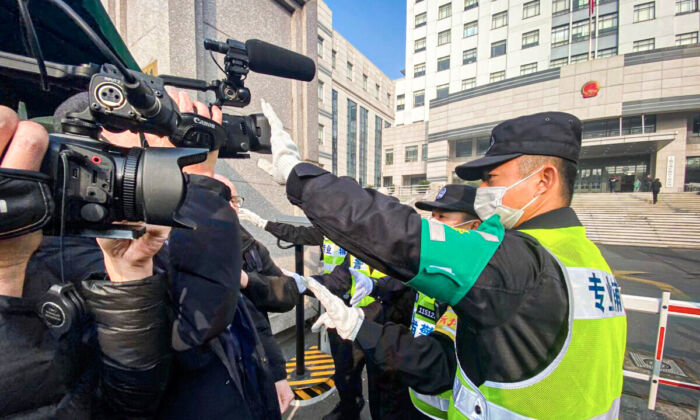
 English (US) ·
English (US) ·  Turkish (TR) ·
Turkish (TR) ·